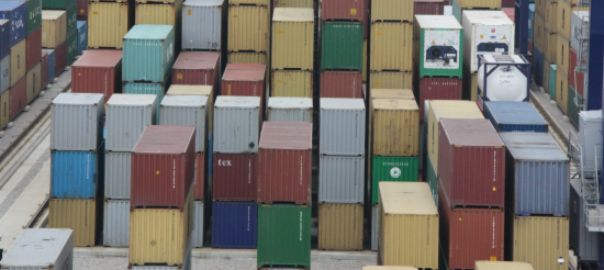19.06.2018 - 07:50
|
Actualització: 19.06.2018 - 09:50
Three months ago I wrote a piece titled A 3.3 per cent growth is no joke, referring to the last quarter of 2017, the period when —remember?— the Catalan economy was expected to implode according to many so-called experts. But figures released this week show that Catalonia’s economy maintained a 3.3 per cent growth rate in the first quarter of this year. Does this come as a surprise? Truth be told, not at all, because we already had indications of such healthy growth. Still, I am sure this news has annoyed all the doomsayers, even more so because the Catalan economy has been growing at a higher rate than Spain’s 2.9 per cent. Some fibbers have actually ended up with egg all over their faces.
A case in point is Ciudadanos leader Inés Arrimadas, who admitted last Thursday in an interview on TV3 that “Catalonia is an economic workhorse in southern Europe”. My goodness! We can all recall how —only a few days ago— Ms Arrimadas and her Ciudadanos sidekicks (and, of course, the PP) would repeat, time and again, the mantra that “Catalonia is sinking due to the independence process”. By now it seems clear that Madrid’s panic-mongering and doomsaying have patently failed to have any effect. As expected, it is hard data and not words that has eventually proven them all wrong. Therefore, should we expect to see no further attempts to twist the facts? I am afraid not as, when someone is in denial, they struggle to see even what is right in front of their nose.
Undoubtedly, the growth of Catalonia’s GDP is the big economic news this week, but there is more. On a related note, we have learnt that the year-on-year industrial production index (IPI) rose by 6 per cent last March, after adjusting for calendar effects. Manufactures did particularly well, with a 9.4 per cent rise. It is great news that Catalonia’s manufacturing industry is running again at full steam and that more machines are being manufactured. Exports account for a good deal of this, but equally important are B2B sales of intermediate good in the domestic market; in other words, the manufacture of tooling and machinery to boost production in other sectors. This sort of investment typically means either more jobs or greater productivity.
However, we must exercise caution when presenting this information. News outlets might not tell us that the rate at which Catalan industry grew in March is nearly twice the overall figure for Spain. Let us examine the finer details. For consumer goods, the respective rates were 7.8 and 4.2 per cent. For manufactured goods, they were 9.4 and 5 per cent and 5.7 and 2.9 for intermediate goods. However, it is customary to report only the overall rate, where the difference is smaller: 6 vs 5.4 per cent.
How do we account for such a large difference between the total and partial indexes for Spain and Catalonia? The answer lies in a fourth element that makes up the index (energy production), whose relative weight in Spain’s IPI is very high: 22 per cent. It turns out that energy output in Catalonia fell by 9.3 per cent in March, whereas it grew by 9.9 per cent in Spain.
Therefore, the energy factor brings down Catalonia’s overall IPI, while boosting Spain’s. As a result, if we disregard energy and focus only on industry, the Catalan index has grown nearly twice as much as Spain’s, which is rather unheard of. To what can we attribute such a difference in the evolution of energy output in these two territories? We have no official explanation, but I might venture two hypotheses.
Firstly, last March Spain much higher than average rainfall, well over three times the average record for that month. This allowed hydroelectric power to make a significant contribution to Spain’s overall electricity output (19 per cent of the total figure). Furthermore, March was a much windier month and windmill power generation accounted for 33 per cent of the total. These two increases might partly explain the hike in Spain’s power output, as both kinds of energy production carry greater weight in Spain than in Catalonia. The second hypothesis is that in March Catalonia’s nuclear energy output fell, following a cooling system failure in the Vandellòs II plant which halted all production for over a week. This led to a smaller contribution —in fact, a negative contribution— to the growth of Catalonia’s industrial index. There you are the possible explanations.


